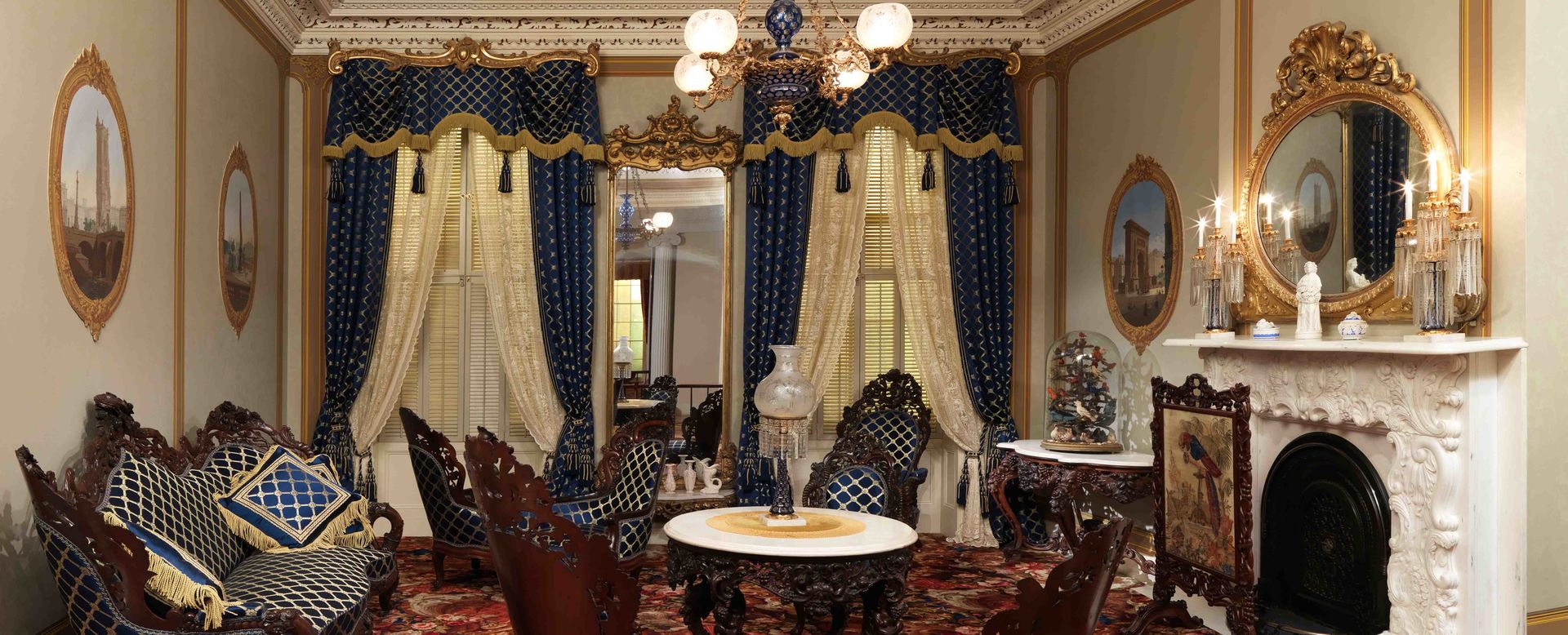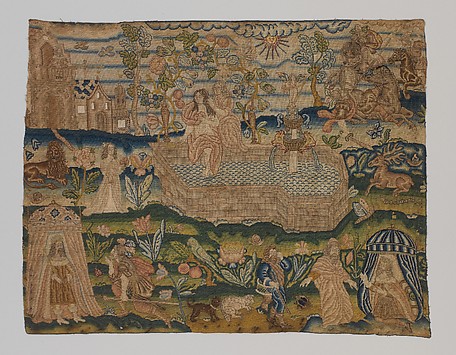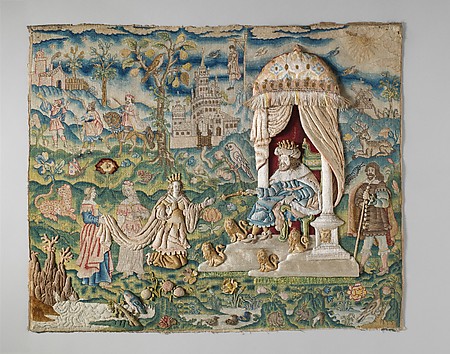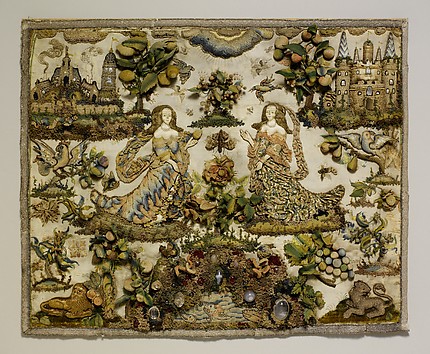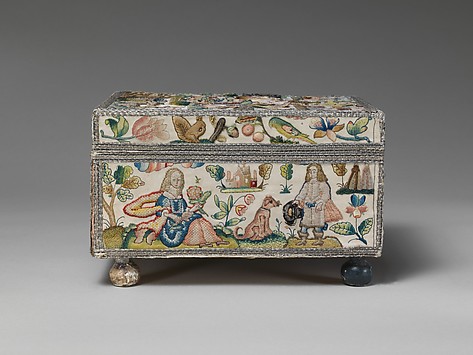Search / All Results
1,211 results for rococo








Essay
American Furniture, 1730–1790: Queen Anne and Chippendale Styles
December 1, 2009
By Nicholas C. Vincent

editorial
A First Look at Arms and Armor: Notable Acquisitions 2003–2014
November 10, 2014
By Donald J. La Rocca
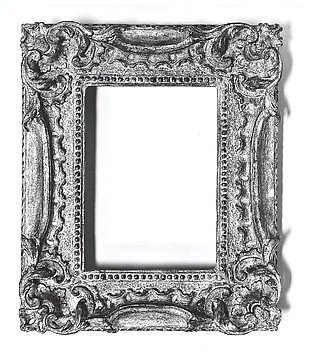
Art
Rococo frame
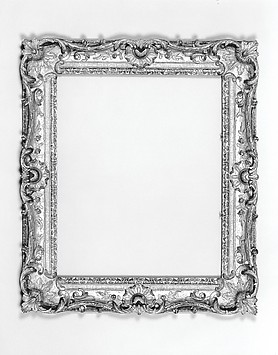
Art
Rococo frame
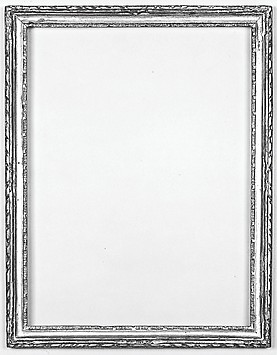
Art


